-
 bitcoin
bitcoin $99177.955738 USD
-7.32% -
 ethereum
ethereum $3187.183061 USD
-12.38% -
 tether
tether $0.999809 USD
0.00% -
 xrp
xrp $2.117933 USD
-9.42% -
 bnb
bnb $906.710033 USD
-9.17% -
 solana
solana $149.367737 USD
-10.74% -
 usd-coin
usd-coin $0.999816 USD
0.01% -
 tron
tron $0.281498 USD
-0.38% -
 dogecoin
dogecoin $0.156292 USD
-8.00% -
 cardano
cardano $0.500744 USD
-10.19% -
 hyperliquid
hyperliquid $38.087358 USD
-4.58% -
 chainlink
chainlink $14.097831 USD
-8.54% -
 bitcoin-cash
bitcoin-cash $463.329916 USD
-9.22% -
 ethena-usde
ethena-usde $0.999078 USD
-0.01% -
 unus-sed-leo
unus-sed-leo $9.475862 USD
-0.79%
Multi-Signature Wallet Explained: An Advanced Security Strategy
Multi-signature wallets enhance crypto security by requiring multiple approvals for transactions, reducing risks of theft, fraud, and key loss. (154 characters)
Nov 05, 2025 at 07:01 am
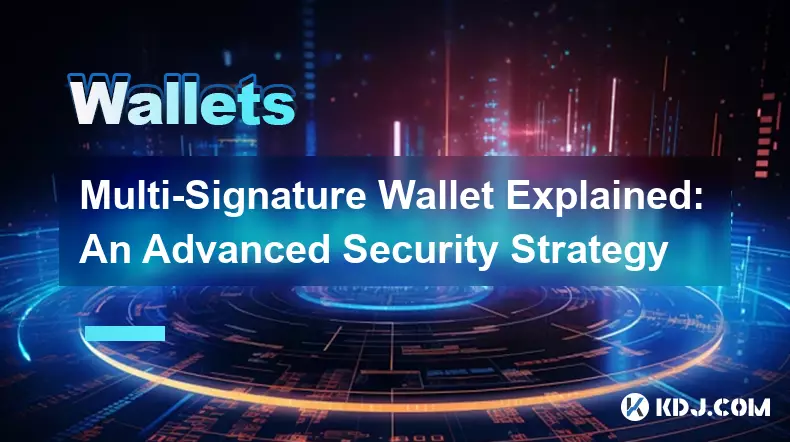
Understanding Multi-Signature Wallets in Cryptocurrency
1. A multi-signature wallet, often referred to as a multisig wallet, operates on a principle that requires more than one private key to authorize a cryptocurrency transaction. Unlike standard wallets where a single private key grants full access, multisig wallets distribute control among multiple parties. This design enhances security by eliminating the single point of failure inherent in traditional setups.
2. The configuration of a multisig wallet is typically denoted as M-of-N, where N represents the total number of authorized keys and M is the minimum number required to approve a transaction. For example, a 2-of-3 setup means three people hold keys, but any two must agree to execute a transfer. This structure is particularly useful for organizations managing funds collectively or individuals seeking redundancy against loss.
3. These wallets are built using smart contract logic embedded within blockchain protocols, especially on platforms like Bitcoin and Ethereum. The underlying script defines the validation rules, ensuring that no action can occur without meeting the predefined threshold of signatures. This programmable condition adds a layer of trustlessness while maintaining operational flexibility.
4. Adoption of multisig technology has grown significantly among crypto custodians, decentralized autonomous organizations (DAOs), and exchanges. It serves as a safeguard against internal fraud, external hacking attempts, and accidental key deletion. By distributing signing authority, entities reduce the risk associated with centralized control.
5. Despite their advantages, multisig wallets introduce complexity in user experience and management. Coordinating multiple signers can slow down urgent transactions, and losing access to too many keys may permanently lock funds. Users must weigh these trade-offs based on their specific security needs and operational capacity.
Security Advantages of Multi-Signature Setups
1. One of the most significant benefits of multisig wallets is the mitigation of theft through device compromise. If a hacker gains access to one private key, they still cannot move funds without the additional required signatures. This makes targeted attacks far less effective compared to single-key systems.
2. Multisig configurations protect against insider threats by requiring consensus among stakeholders before executing high-value transfers. In corporate environments, this prevents any single employee from unilaterally moving company assets, enforcing accountability and transparency across financial operations.
3. These wallets also provide resilience against personal key loss. With proper distribution—such as storing one key on a hardware device, another in a secure vault, and a third with a trusted associate—users ensure recovery options even if one or two keys become inaccessible.
4. When integrated with time-locked contracts or spending limits, multisig wallets enable advanced treasury management strategies. Organizations can define rules for fund disbursement that align with governance policies, reducing reliance on manual oversight and minimizing human error.
5. Cold storage solutions often combine multisig with offline signing devices to create air-gapped environments. This hybrid model allows secure long-term holding while retaining the ability to initiate verified transactions when needed, balancing accessibility and protection effectively.
Practical Use Cases in the Crypto Ecosystem
1. Decentralized finance (DeFi) protocols frequently deploy multisig wallets to manage upgradeable smart contracts. Development teams use them to vote on code changes, ensuring no unilateral modifications occur without community-aligned approval, thus preserving protocol integrity.
2. Exchanges utilize multisig mechanisms to segregate hot wallet funds from reserve holdings. Only a subset of keys resides online for daily operations, while the majority remain offline, drastically reducing exposure during potential breaches.
3. Family offices and joint investment groups adopt multisig to enforce shared decision-making, preventing unilateral actions that could jeopardize pooled capital. Each member holds a key, and agreed-upon thresholds ensure collaborative governance over asset movements.
4. Blockchain-based escrow services leverage multisig to mediate transactions between untrusted parties. A neutral third party holds one key, enabling dispute resolution without central intermediaries, enhancing trust in peer-to-peer commerce.
5. DAO treasuries rely heavily on multisig wallets managed by elected delegates. Funds used for development, marketing, or grants require collective authorization, reinforcing democratic principles central to decentralized governance models.
Frequently Asked Questions
What happens if one of the signers loses their key in a 2-of-3 multisig setup?Loss of a single key in a 2-of-3 arrangement does not result in fund inaccessibility, as two remaining keys are sufficient to authorize transactions. However, it reduces fault tolerance. Immediate recovery procedures should be initiated, and a new key should replace the lost one if supported by the wallet infrastructure.
Can multisig wallets be used with all cryptocurrencies?Not all blockchains natively support multisignature functionality. Bitcoin and Ethereum have robust multisig capabilities through scripting and smart contracts. Some altcoins either lack this feature or implement it differently, requiring compatibility checks before deployment.
Are multisig wallets more expensive to use?Yes, multisig transactions generally incur higher fees due to increased data size in the signed transaction payload. More signatures mean larger scripts, which occupy more space on-chain, leading to greater network costs compared to standard transfers.
How do I set up a multisig wallet?Setting up involves generating multiple public-private key pairs across different devices or participants, then configuring a wallet interface that supports multisig standards. Platforms like Electrum, BitGo, or Gnosis Safe offer tools to define M-of-N schemes and manage signer coordination securely.
Disclaimer:info@kdj.com
The information provided is not trading advice. kdj.com does not assume any responsibility for any investments made based on the information provided in this article. Cryptocurrencies are highly volatile and it is highly recommended that you invest with caution after thorough research!
If you believe that the content used on this website infringes your copyright, please contact us immediately (info@kdj.com) and we will delete it promptly.
- XRP ETF Race Heats Up: FTI Filing Sparks November Launch Buzz
- 2025-11-05 18:45:01
- Crypto's US Liquidity Crisis: Bitcoin's Wild Ride and What's Next
- 2025-11-05 19:00:02
- Bybit, Block Scholes, and Crypto Derivatives: Navigating the Evolving Landscape
- 2025-11-05 19:10:01
- MARA Dumps, Bitcoin Pullback End? Decoding the Crypto Market's Latest Moves
- 2025-11-05 19:45:01
- Bitcoin Dip? Time to Buy Bitcoin, Maybe!
- 2025-11-05 19:45:01
- Crypto ETFs, Bitcoin, and Solana: A New York Minute on Shifting Tides
- 2025-11-05 19:50:01
Related knowledge

Public vs. Private Keys: A Core Concept for Wallet Security
Nov 05,2025 at 03:18pm
Understanding Public and Private Keys in Cryptocurrency Wallets1. In the world of cryptocurrency, public and private keys form the foundation of walle...
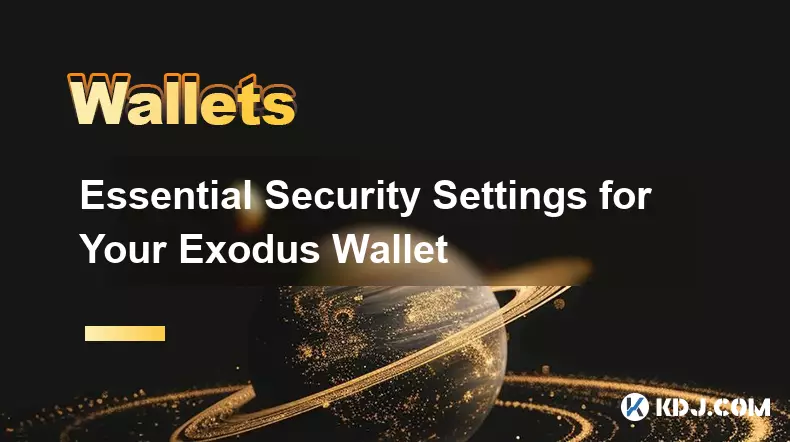
Essential Security Settings for Your Exodus Wallet
Nov 05,2025 at 08:00am
Understanding Exodus Wallet Security Fundamentals1. Exodus is a software wallet that allows users to store, manage, and exchange various cryptocurrenc...

Reviewing Smart Contract Permissions: A Critical Security Step
Nov 01,2025 at 04:55pm
Understanding Decentralized Exchanges in the Crypto Ecosystem1. Decentralized exchanges (DEXs) have reshaped how traders interact with digital assets ...
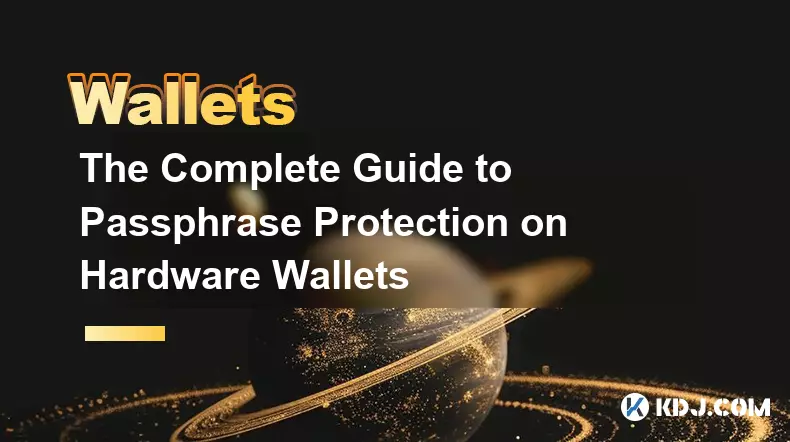
The Complete Guide to Passphrase Protection on Hardware Wallets
Nov 03,2025 at 10:37am
Understanding Passphrases in Hardware Wallets1. A passphrase, often referred to as a 25th word, adds an additional layer of security beyond the standa...
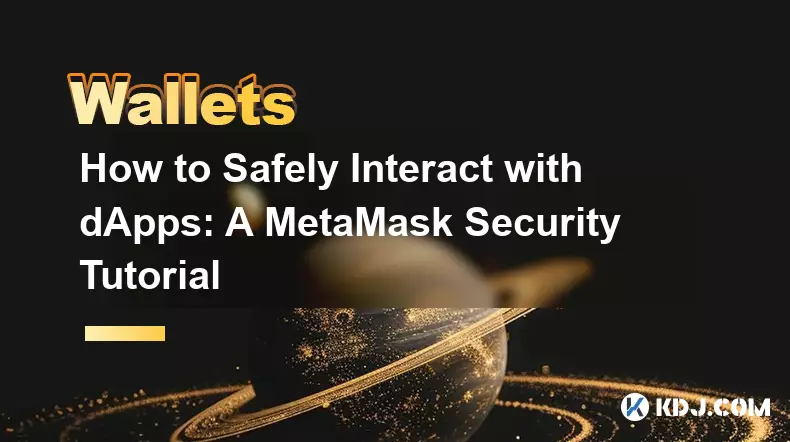
How to Safely Interact with dApps: A MetaMask Security Tutorial
Nov 04,2025 at 02:54am
Understanding dApp Interaction Risks1. Decentralized applications (dApps) operate on blockchain networks, enabling users to trade tokens, lend assets,...
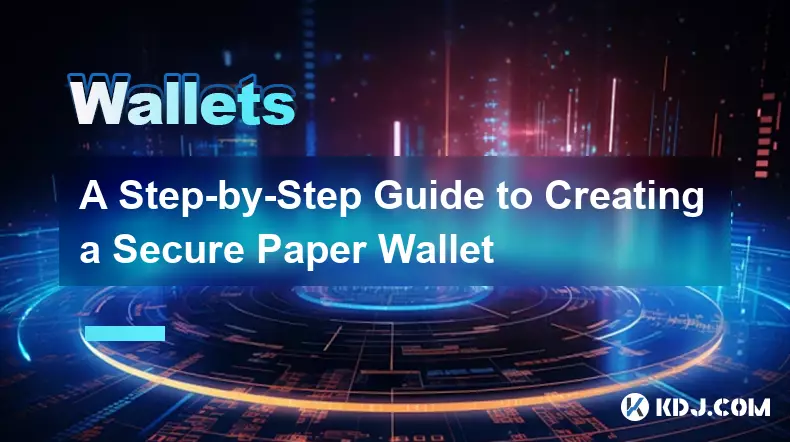
A Step-by-Step Guide to Creating a Secure Paper Wallet
Nov 05,2025 at 04:39am
Understanding the Basics of a Paper Wallet1. A paper wallet is a physical document that contains the private and public keys of a cryptocurrency addre...

Public vs. Private Keys: A Core Concept for Wallet Security
Nov 05,2025 at 03:18pm
Understanding Public and Private Keys in Cryptocurrency Wallets1. In the world of cryptocurrency, public and private keys form the foundation of walle...

Essential Security Settings for Your Exodus Wallet
Nov 05,2025 at 08:00am
Understanding Exodus Wallet Security Fundamentals1. Exodus is a software wallet that allows users to store, manage, and exchange various cryptocurrenc...

Reviewing Smart Contract Permissions: A Critical Security Step
Nov 01,2025 at 04:55pm
Understanding Decentralized Exchanges in the Crypto Ecosystem1. Decentralized exchanges (DEXs) have reshaped how traders interact with digital assets ...

The Complete Guide to Passphrase Protection on Hardware Wallets
Nov 03,2025 at 10:37am
Understanding Passphrases in Hardware Wallets1. A passphrase, often referred to as a 25th word, adds an additional layer of security beyond the standa...

How to Safely Interact with dApps: A MetaMask Security Tutorial
Nov 04,2025 at 02:54am
Understanding dApp Interaction Risks1. Decentralized applications (dApps) operate on blockchain networks, enabling users to trade tokens, lend assets,...

A Step-by-Step Guide to Creating a Secure Paper Wallet
Nov 05,2025 at 04:39am
Understanding the Basics of a Paper Wallet1. A paper wallet is a physical document that contains the private and public keys of a cryptocurrency addre...
See all articles










































































